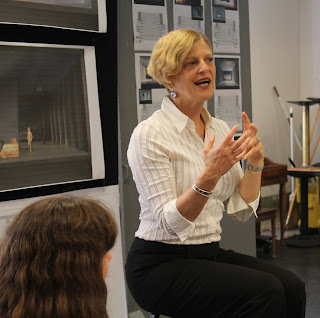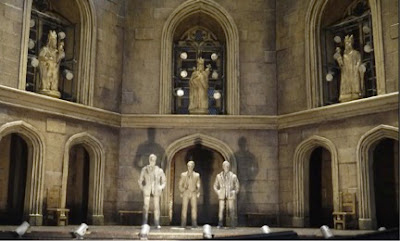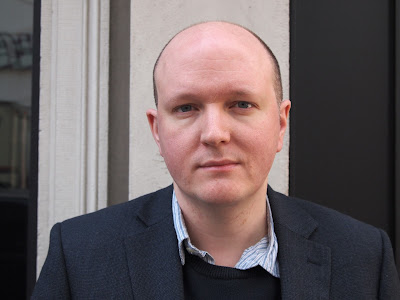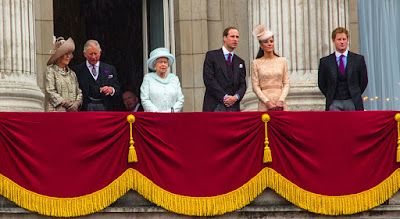A Q&A with Love and a Bottle Director Nancy Benjamin

A.C.T.'s M.F.A. Program 2016 Production of Love and a Bottle . By Stephanie Wilborn Love and a Bottle , the latest production from A.C.T.’s Master of Fine Arts Program, opens on October 5 at The Strand Theater. Stephanie Wilborn, Education & Community Programs Fellow, sat down for a Q&A with director Nancy Benjamin to discuss Declan Hughes’s adaptation of George Farquhar’s 1697 comedy Love and a Bottle and the complexity of directing a play within a play. Why did you choose to direct Love and a Bottle? I saw the play performed in 1992, produced by an Irish company called Rough Magic, a very feminist company. I had never seen this period of theater [late seventeenth century] done in that kind of way. It was fantastic. Do you believe the way women are treated in this play has any relation to the way women are treated today? Farquhar, in his own time, was challenging the story that we tell ourselves that “boys will be boys” and women are property. ...







